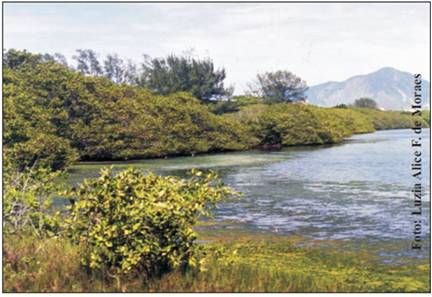HUMIFICATION AND MINERALIZATION OF AQUATIC MACROPHYTES: A REWIEW
Keywords:
Humic substances, decomposition, nutrient cycling, dissolved and particulate organic matterAbstract
The decomposition of aquatic macrophytes results in the production of an amount of microorganisms, water, minerals, gases and humic compounds. Humic compounds are humic and fulvic acids which are polar substances with elevated molecular mass and irregular appearance, of heterogeneous nature and with varied degrees of polymerization. In aquatic ecosystems these substances take part in the pool of dissolved and particulate organic carbon, thus they hold considerable ecological and physiological importance. In the process of formation of humic compounds (humification) from the detritus of aquatic plants, a relative predominance of SH in the particulate organic matter in comparison to dissolved organic matter is perceived, with fulvic acid being the predominant compound. Although humic substances present recalcitrant properties in biodegradation, mineralization of these substances is essential in humus cycling and in the global carbon cycle. The refractance index of these substances renders them slow to decay in natural conditions, thus sediments acquire a great amount of humic substances. The processes of mineralization and humification can thus be seen as antagonist processes that evolve at different rates according with ambient conditions.


